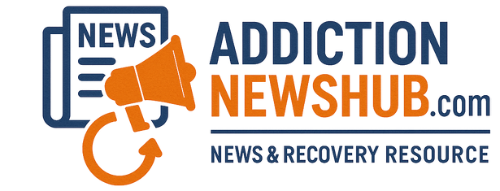Narcan (naloxone hydrochloride) is a life-saving medication for opioid overdose prevention, with initiatives like The Herron Project and Project Purple expanding access and education. Drug Rehab Scholarships empower at-risk individuals to seek treatment. Education and training in safe injection practices, overdose prevention, and Narcan use reduce negative consequences of drug use. Organizations like The Herron Project offer confidential support, counseling, and peer networks for IV drug users, integrating Narcan nasal spray, clean needle access, and mental health services for holistic care.
14/7 > 6, + ( →/ > 1/ in =>, 13/ no v/ c’ w/ 1/ > 12? & 1/ > 1/ (
Understanding Harm Reduction and Its Significance for IV Drug Users
Harm reduction is a vital approach aimed at minimizing the negative consequences associated with drug use, particularly among intravenous (IV) drug users. It involves providing practical support and resources to reduce the risks and harm caused by substance misuse, without necessarily requiring abstinence as a goal. For IV drug users, this strategy is significant because it addresses the reality of their situation, acknowledging that complete cessation might not always be feasible or immediate. By implementing harm reduction techniques, healthcare professionals and support organizations can empower individuals to make safer choices regarding their drug use.
This approach includes offering life-saving tools like Narcan (naloxone), an emergency medication that reverses the effects of an opioid overdose. Additionally, projects such as the Herron Project and initiatives by Project Purple focus on providing education, clean needle exchanges, and access to drug rehab scholarships, all aimed at reducing the harm caused by intravenous drug use and encouraging individuals towards a path of recovery and improved health.
The Role of Narcan in Opioid Overdose Prevention
Narcan, also known as naloxone hydrochloride, plays a pivotal role in opioid overdose prevention, particularly for intravenous drug users. This life-saving medication acts swiftly to reverse the effects of an opioid overdose by binding to opioid receptors in the brain, blocking the depression of breathing caused by opioids. By restoring normal breathing patterns, Narcan can prevent fatal outcomes and offer a critical window of opportunity for medical intervention.
As part of initiatives like the Herron Project and Project Purple, which focus on expanding access to Narcan and educating communities on overdose prevention, these harm reduction strategies have shown promise in reducing opioid-related deaths. Additionally, providing Drug Rehab Scholarships can further enable at-risk individuals to seek treatment and support, breaking the cycle of addiction and fostering long-term recovery.
Education and Training: Empowering Users to Save Lives
Education and training play a pivotal role in empowering intravenous (IV) drug users to make safer choices and potentially save lives. By providing comprehensive knowledge about safe injection practices, overdose prevention, and the proper use of life-saving tools like Narcan (naloxone), individuals at risk can gain the skills needed to navigate their addiction journey more safely. These educational initiatives often form part of broader harm reduction programs, which have proven effective in reducing the negative consequences associated with drug use.
Training sessions, workshops, and peer support groups can equip users with the knowledge to identify signs of an overdose, administer Narcan effectively, and seek further medical assistance promptly. The Herron Project, for instance, focuses on empowering individuals through education, offering Drug Rehab Scholarships to ensure accessibility to life-saving resources. Similarly, initiatives like Project Purple aim to educate communities about naloxone, fostering a culture of care and support where users feel empowered to make healthier choices and intervene in emergencies.
Accessing Support Services and Community Resources
Accessing support services and community resources is a vital step for intravenous drug users seeking harm reduction. Organizations like the Herron Project and Project Purple focus on providing comprehensive care, including education, counseling, and access to life-saving tools such as Narcan, which can reverse an opioid overdose. These initiatives often offer confidential spaces where individuals can connect with peers and professionals who understand their struggles, fostering a supportive environment for recovery.
Community resources extend beyond these dedicated projects; many local organizations and healthcare facilities provide drug rehab scholarships, making professional treatment more accessible. By leveraging these available services, intravenous drug users can take proactive measures to reduce risks, improve their health, and transition towards lasting recovery.
Combining Harm Reduction Strategies for Comprehensive Care
Harm reduction approaches are designed to minimize the negative consequences associated with drug use, focusing on practical solutions rather than solely on abstinence. For intravenous (IV) drug users, a comprehensive strategy often involves combining various harm reduction techniques. One such method is the use of Narcan, an emergency nasal spray that reverses the effects of an opioid overdose. This can be paired with education on safe injection practices and access to clean needles, as advocated by initiatives like Project Purple, which aims to reduce stigma and promote healthier drug use environments.
Additionally, connecting IV users with social support networks and mental health services is vital. The Herron Project, for instance, offers scholarships for drug rehab, addressing financial barriers to care. By integrating these diverse strategies, healthcare providers can offer a holistic approach to harm reduction, ensuring that intravenous drug users receive the comprehensive care they need to improve their overall well-being and reduce associated risks.

